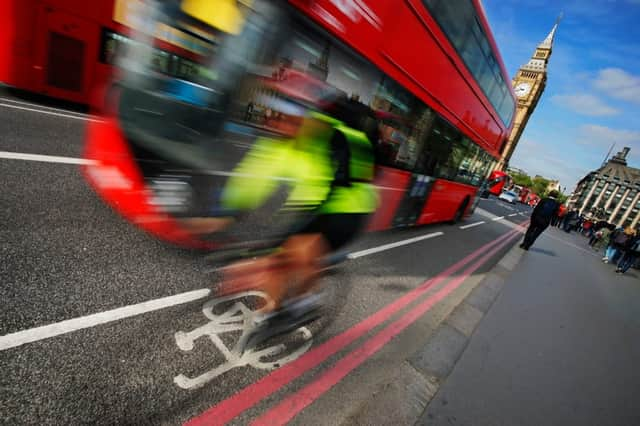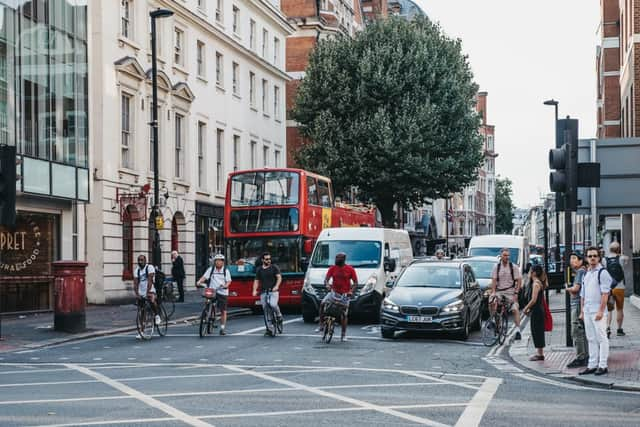Highway Code changes to give cyclists and pedestrians priority


Major changes to the Highway Code are set to be introduced that aim to improve safety for vulnerable road users such as cyclists, pedestrians and horse riders.
A new “hierarchy of road users” which puts the greatest responsibility for reducing danger onto drivers is among proposals announced as part of a Department for Transport consultation on updating the road users’ hand book.
Advertisement
Hide AdAdvertisement
Hide AdThe planned updates also include new rules on when different road users should give priority to others, set out clear rules on passing distances and speeds for drivers overtaking cyclists and horse riders and include advice on blanket 20mph zones in urban areas.
Announcing the consultation, the DfT explained the hierarchy of road users “ensures that those road users who can do the greatest harm have the greatest responsibility to reduce the danger or threat they may pose to other road users. The objective of the hierarchy is not to give priority to pedestrians, cyclists and horse riders in every situation, but rather to ensure a more mutually respectful and considerate culture of safe and effective road use that benefits all users”.
This principle, it said, “applies most strongly to drivers of large goods and passenger vehicles, followed by vans/minibuses, cars/taxis and motorcycles”.


The other major changes include rules to create clearer and stronger priorities for pedestrians, particularly at junctions, and clarify where pedestrians have right of way. This will include recommending cars and bikes turning into or out of side roads give way to pedestrians waiting to cross.
The third major point of the updates will place a requirement on drivers to give priority to cyclists when they are turning into or out of a junction, or changing direction or lane, just as they would to other motor vehicles.
Specific guidance for drivers sets out the speeds and distances drivers should observe when passin cyclists and horse riders. The new text says drivers passing cyclists should leave a gap of at least 1.5 metres at speeds under 30mph and at least two metres at more than 30mph. It also says they should not pass horses at more than 15mph and with a gap of at least two metres.
The updated Code will also recommend drivers adopt the “Dutch reach” method of getting out of a car. This means using the hand furthest from the door to pull the handle, which forces you to twist your body, making it more likely you’ll see a cyclist approaching from behind.
EV drivers will also be warned to ensure charging cables do not present a trip hazard for pedestrians and new guidance will highlight the growing use of blanket 20mph zones in place of the standard 30mph limit in urban areas.
Advertisement
Hide AdAdvertisement
Hide AdThe RAC said it broadly welcomed the proposed changes but said the right-of-way changes needed clarification for everybody's safety.
RAC head of roads policy Nicholas Lyes said: "Overall the ambition behind the proposed Highway Code changes is to make the roads safer for everyone. A part of that is making it crystal clear we all have a shared responsibility to ensure one another’s safety on the road, whether you are travelling on foot, on a bicycle or in a motor vehicle. Many other changes made to the Code, such as recommending the ‘Dutch reach’ when exiting a vehicle to check for cyclists and taking care when charging electric vehicles, are also very sound.
“We also welcome the new guidance contained in the Code on the safe passing of roadside workers. Every day, our patrols and recovery workers put themselves at risk to help others and the more that can be done to protect them, the safer that job becomes.
“It’s vital now that every final change made to the Code is well communicated. While drivers should keep up with changes to the Highway Code, our research suggests only half have consulted it at any time in the last 10 years.”